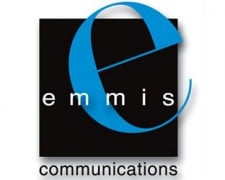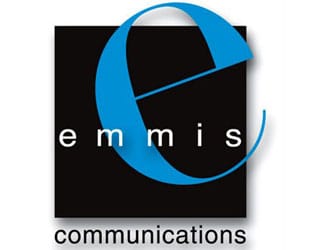 Most people in radio are now probably aware of the mechanics of a reverse stock split. The most recent reverse split by a radio company was by Spanish Broadcasting System last July. Emmis Communications is now asking shareholders to give the company’s board of directors the authority to do a reverse split.
Most people in radio are now probably aware of the mechanics of a reverse stock split. The most recent reverse split by a radio company was by Spanish Broadcasting System last July. Emmis Communications is now asking shareholders to give the company’s board of directors the authority to do a reverse split.
The proposal would allow a reverse split ranging from one-for-three to one-for-eight. If the one-for-three option is selected, it would mean that shareholders would receive one new share for each three they now hold. That would apply to the super-voting Class B shares held by CEO Jeff Smulyan and the Class A shares held by the public stockholders.
At Tuesday’s (3/13) closing price of 72 and a half cents, the value of the new shares in a one-for-three reverse split would theoretically be $2.17 (and a half penny). That would put Emmis back above the Nasdaq $1.00 minimum bid with room to spare.
At the other end of the range, a one-for-eight reverse split would theoretically result in a stock price of $5.80. That would move Emmis not only above the Nasdaq threshold, but also out of penny stock territory. Some retirement funds and other investment funds have restrictions against owning stocks which trade below five bucks, but are there really a significant number waiting anxiously for the chance to buy Emmis stock? Not likely.
For SBS, the one-for-ten reverse split in July was only temporarily successful in keeping the price above a buck. The company’s stock price was back below the $1.00 mark before the end of October. By then SBS was also below Nasdaq’s minimum market cap of $15 million. But the stock has recovered as the radio business has recovered and SBS is now trading above $4.
A reverse split was far more successful for Saga Communications. The company did a one-for-four reverse split in January 2009 as the recession was battering media companies. By the end of that year Saga’s split-adjusted stock price was up 90%. It more than doubled in 2010 and rose 43% in 2011. So, despite the reverse split, if you’d bought four shares of Saga on the last trading day of 2008 for $6.60 ($1.65 each) you’d now have only one share, but at Tuesday’s market close it was worth $41.40.
SiriusXM got shareholder approval for a reverse split, but CEO Mel Karmazin didn’t want to do one unless absolutely necessary to retain the Nasdaq stock listing. The stock climbed back above a buck in early 2010 before a delisting was imminent, so it appears unlikely a reverse split will be implemented at SiriusXM. The stock closed Tuesday at $2.29.
With its strong balance sheet (post selling three stations to Merlin Media) the case could be made that Emmis is more likely to perform something like Saga after doing a reverse split. No doubt that’s what Jeff Smulyan is hoping.





